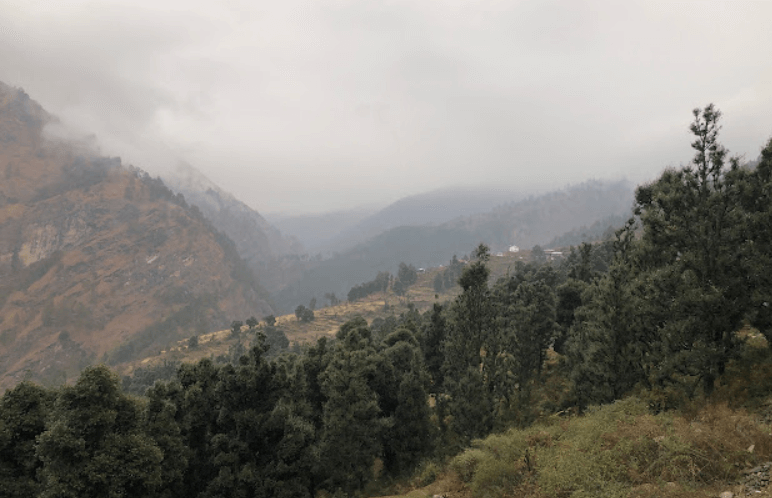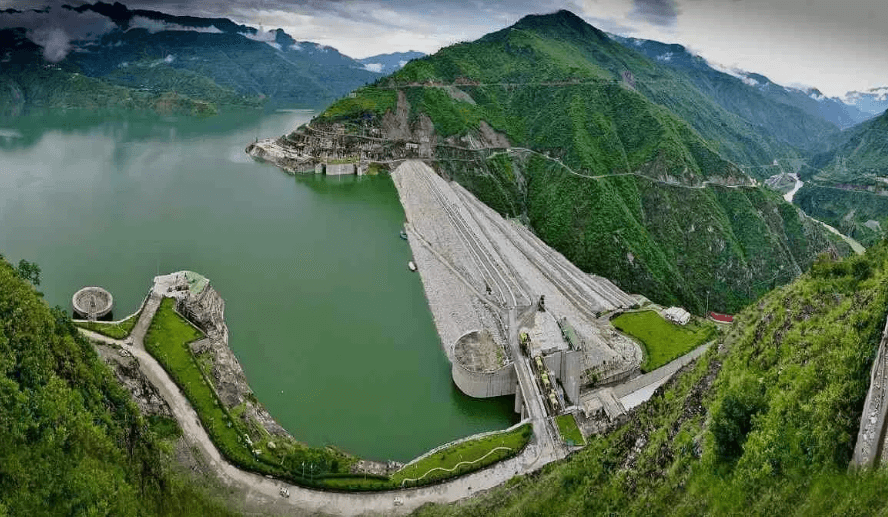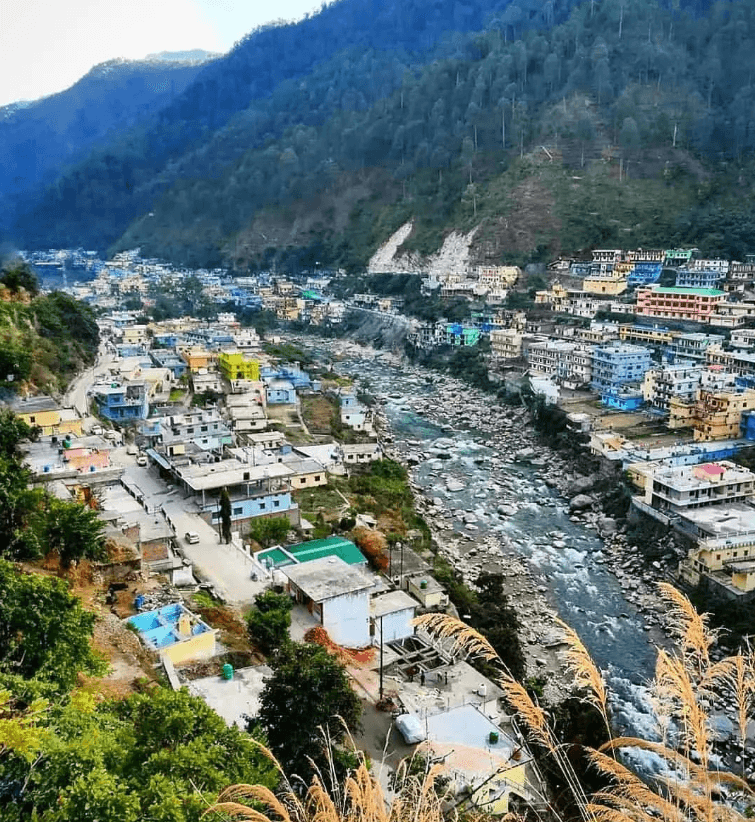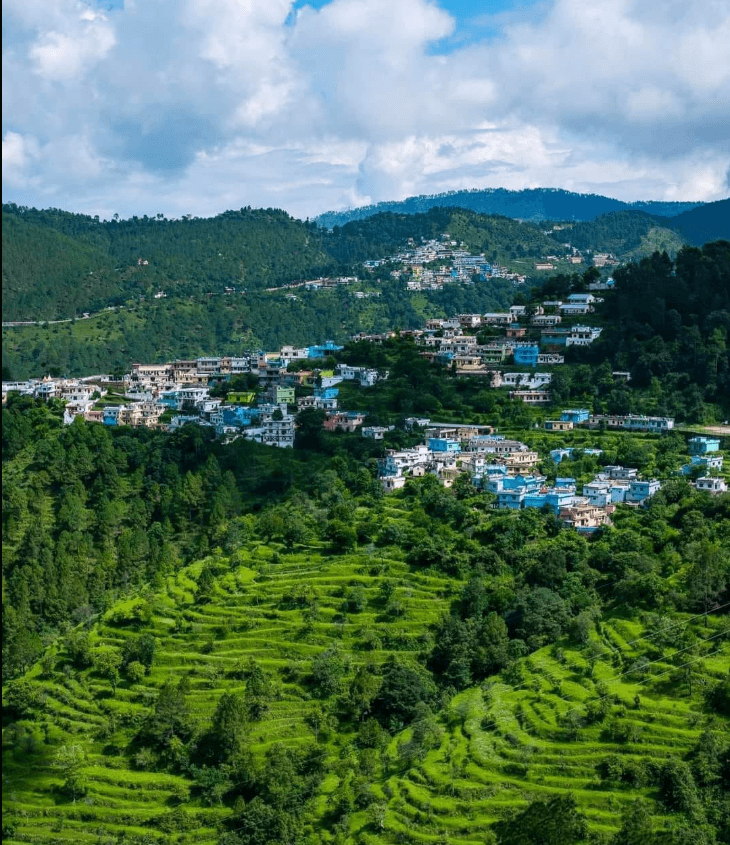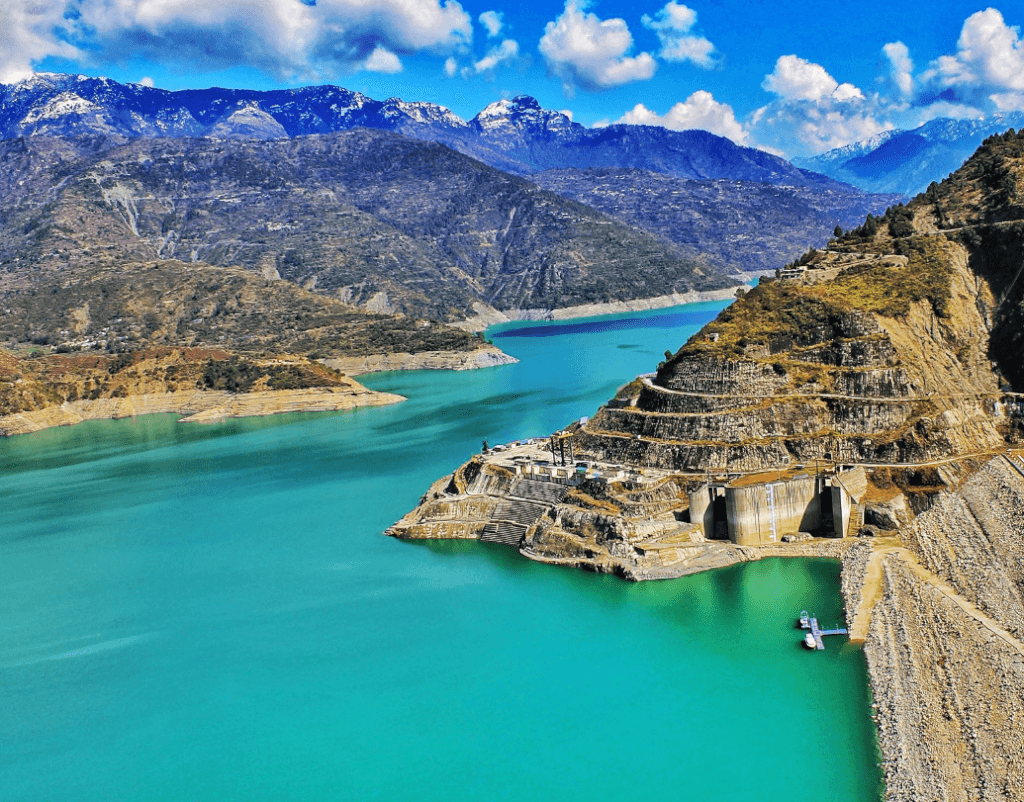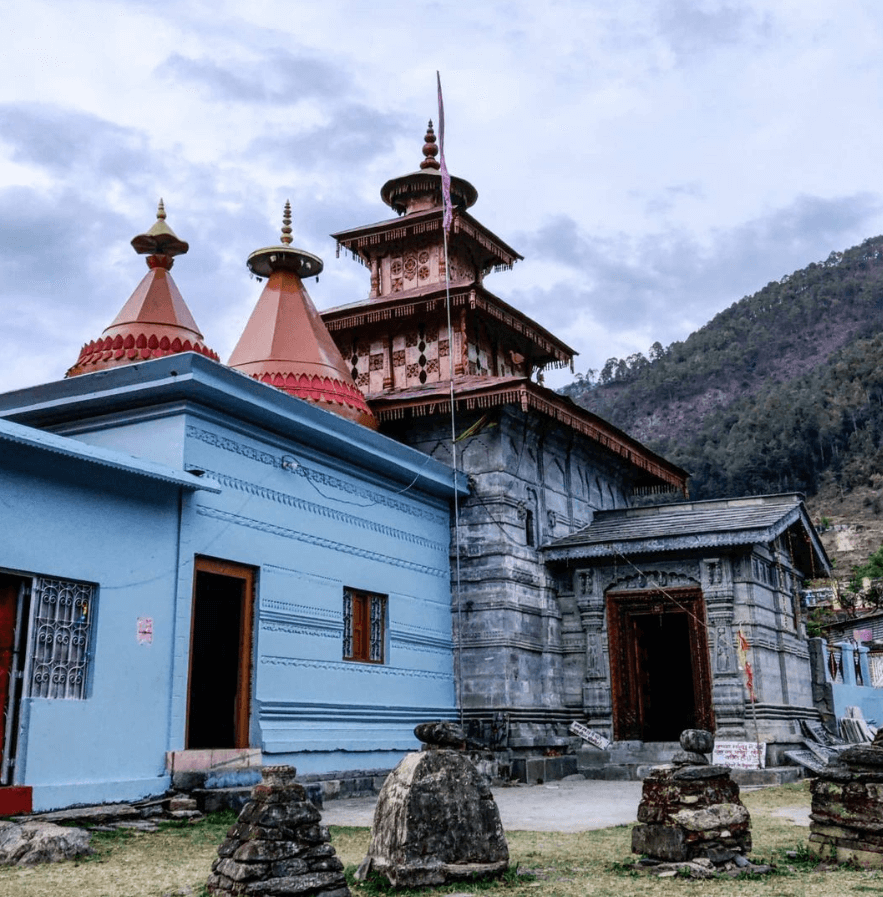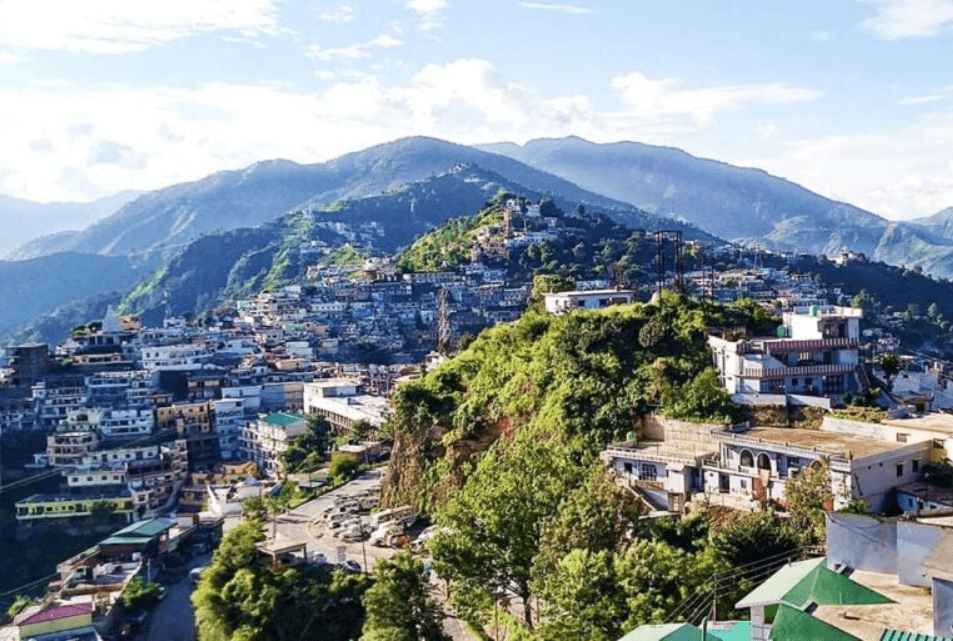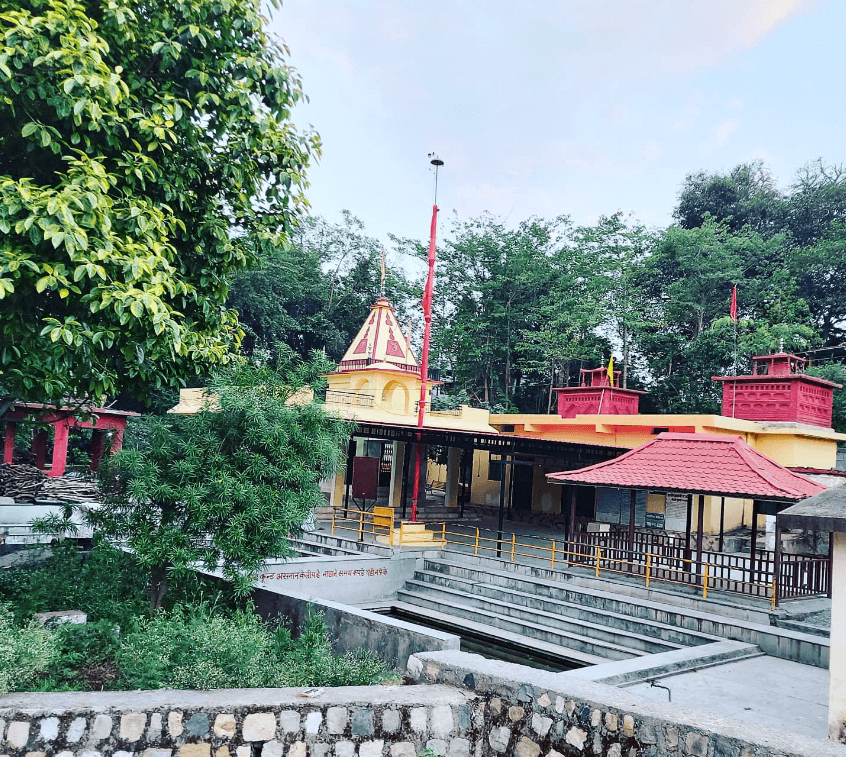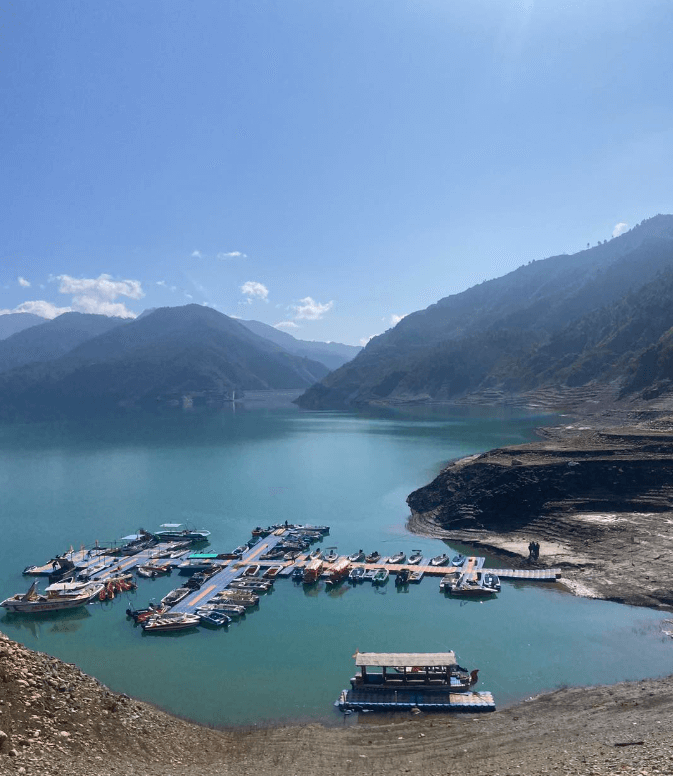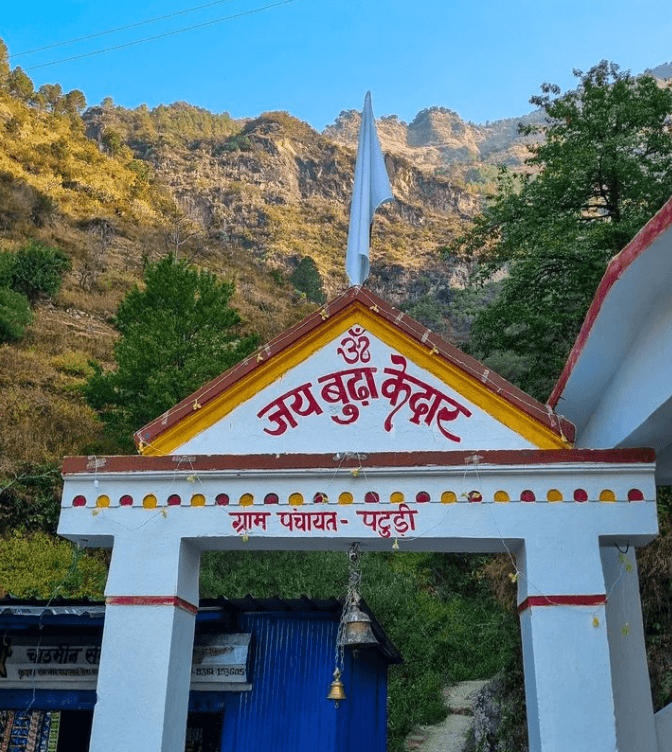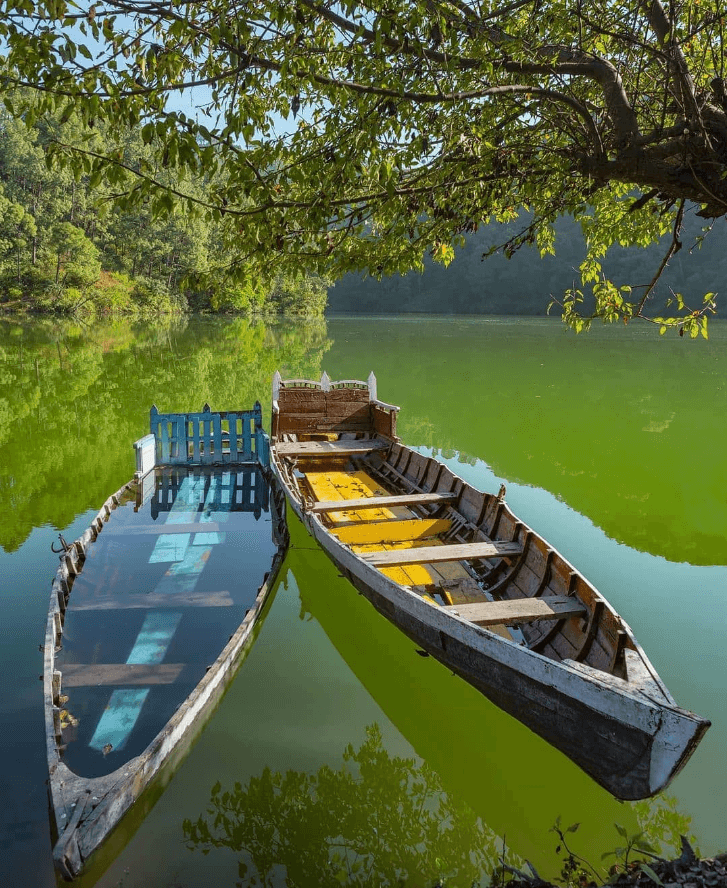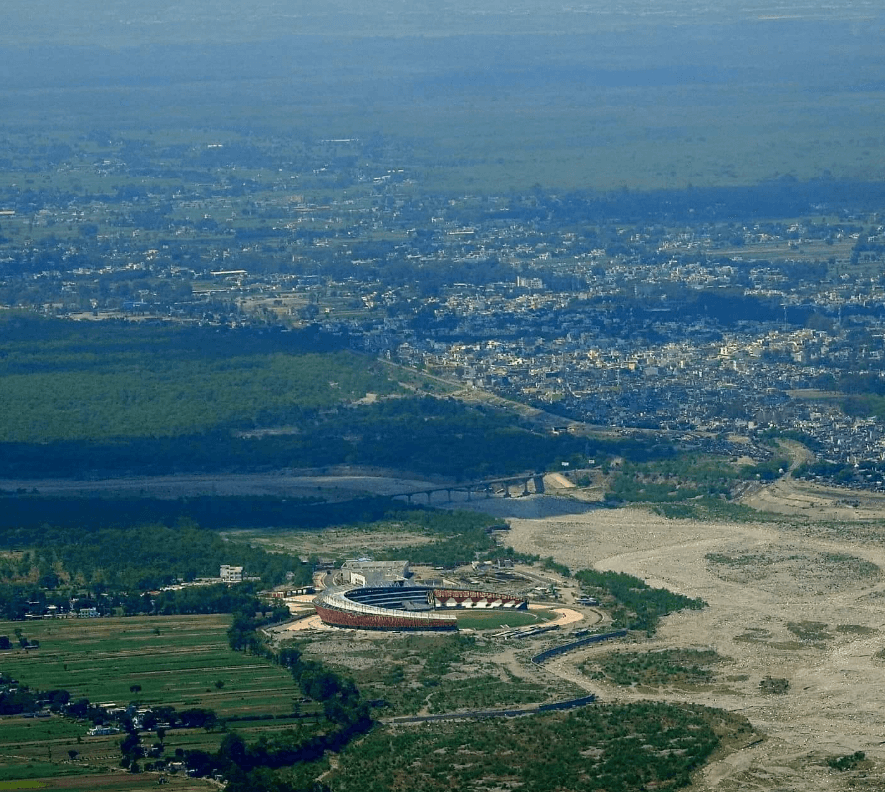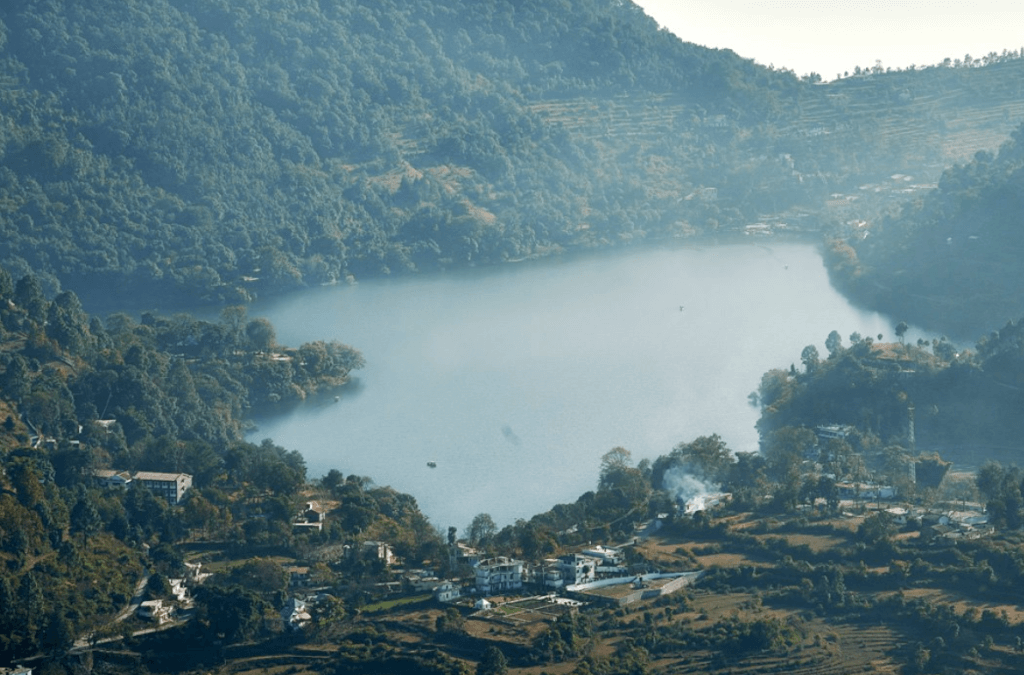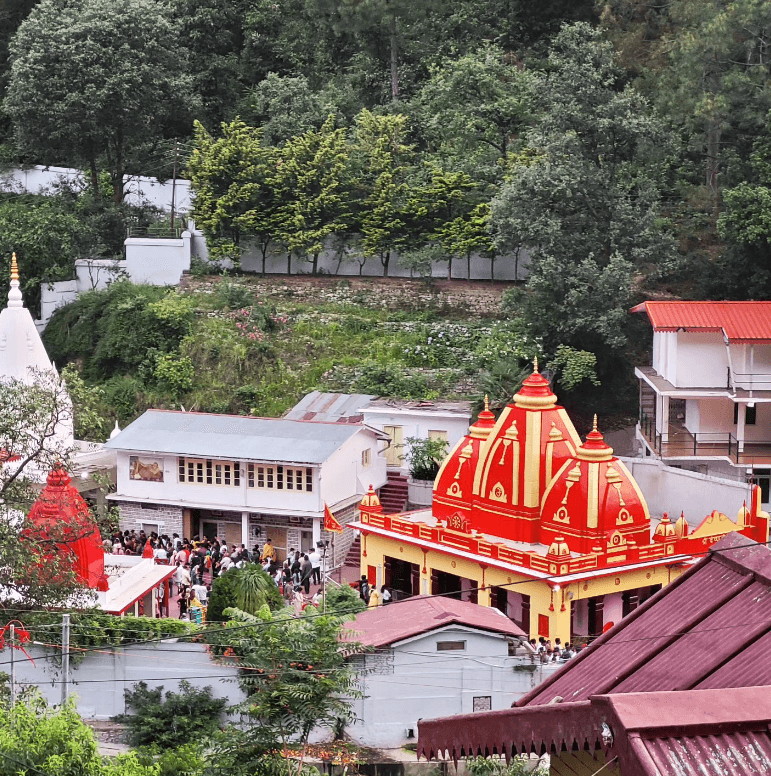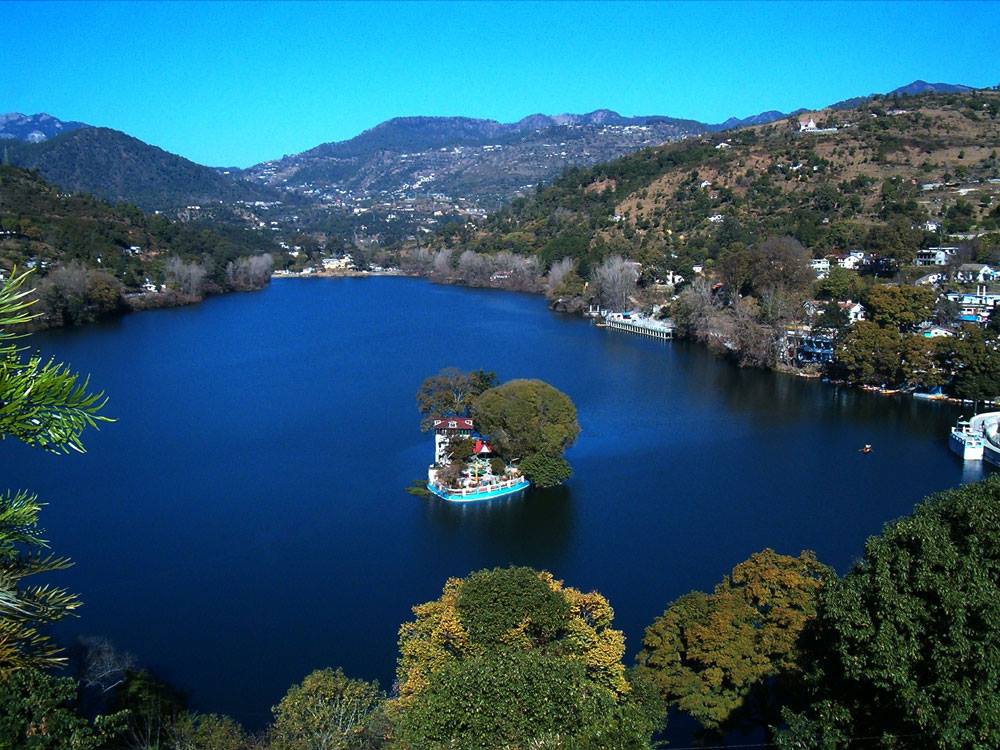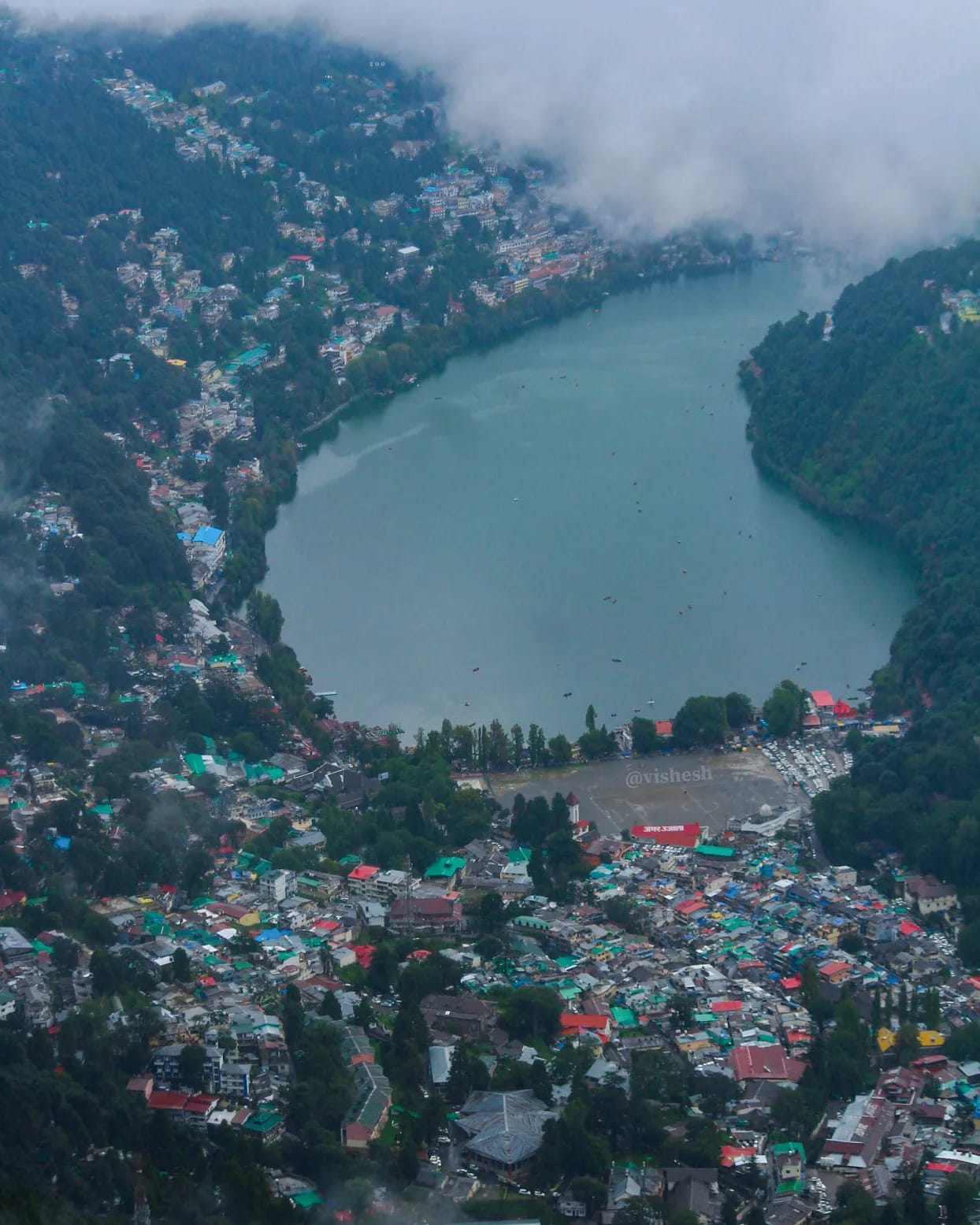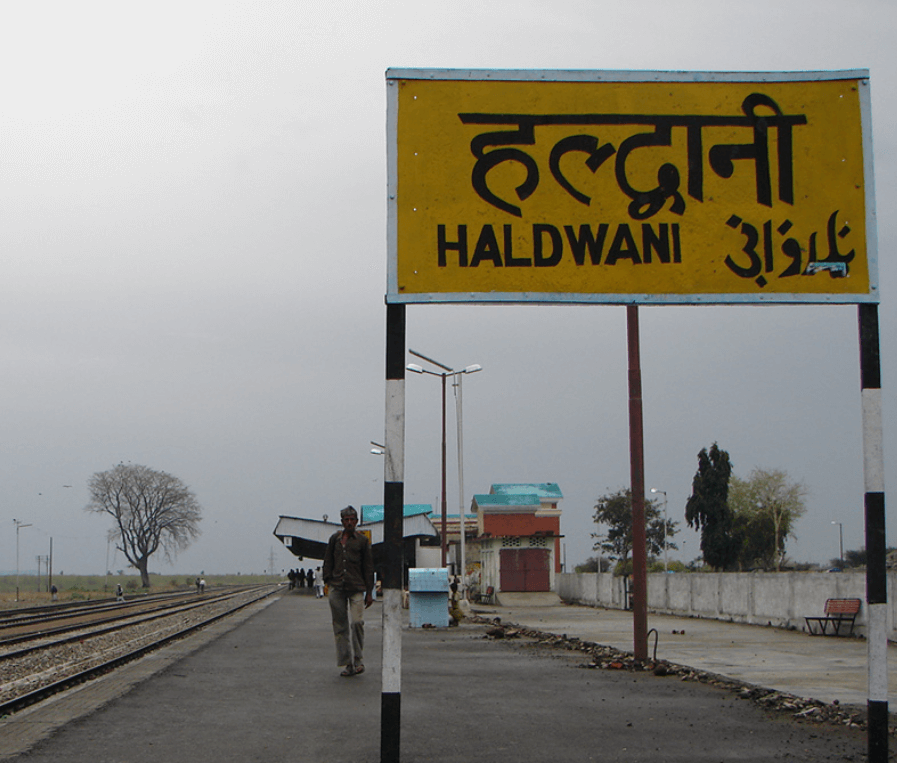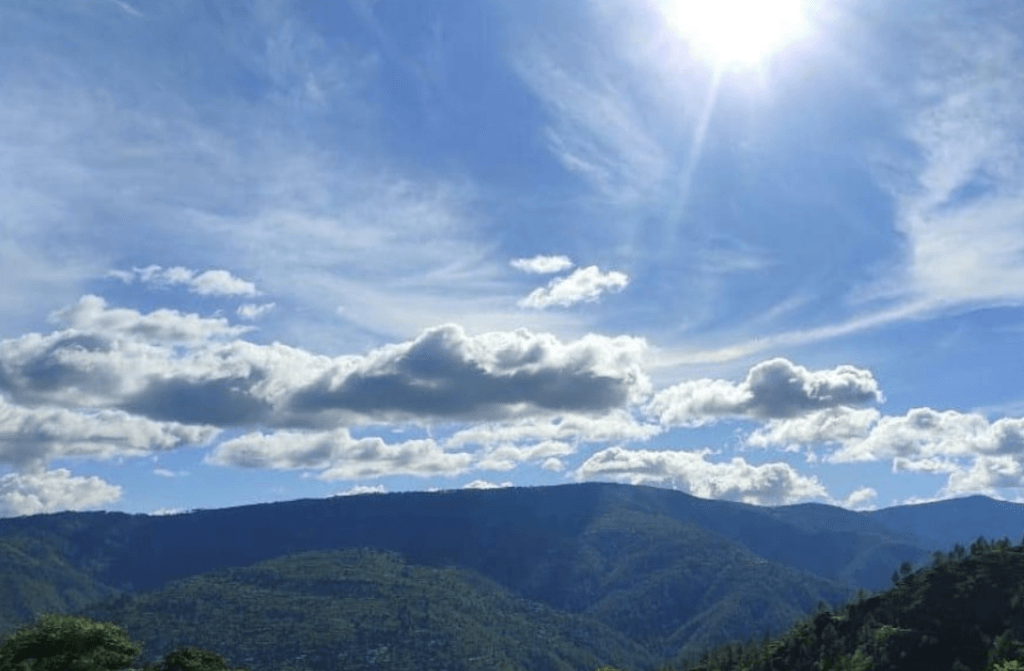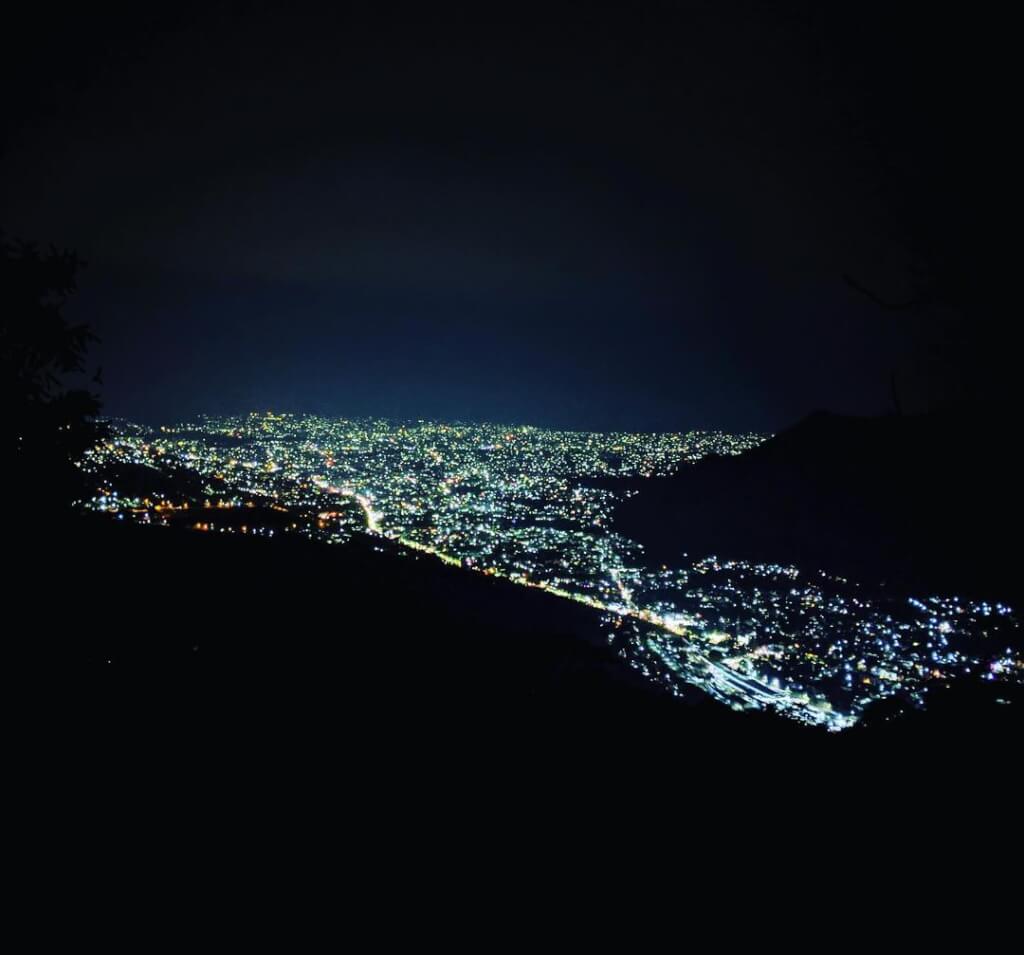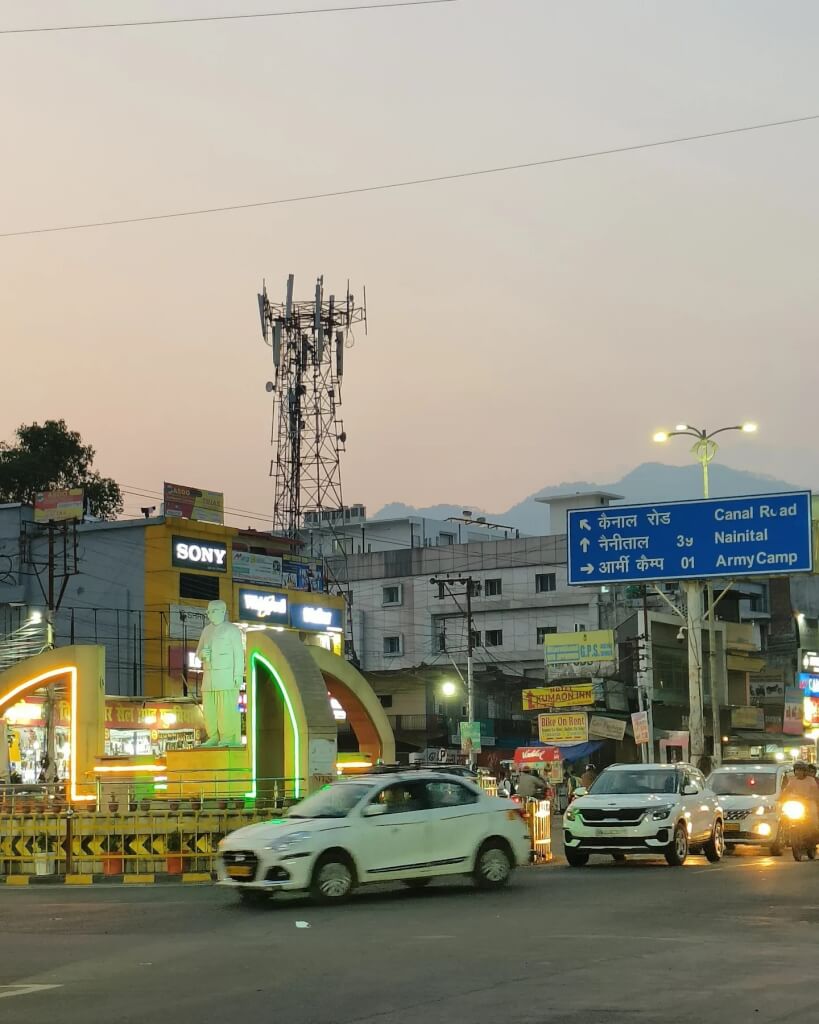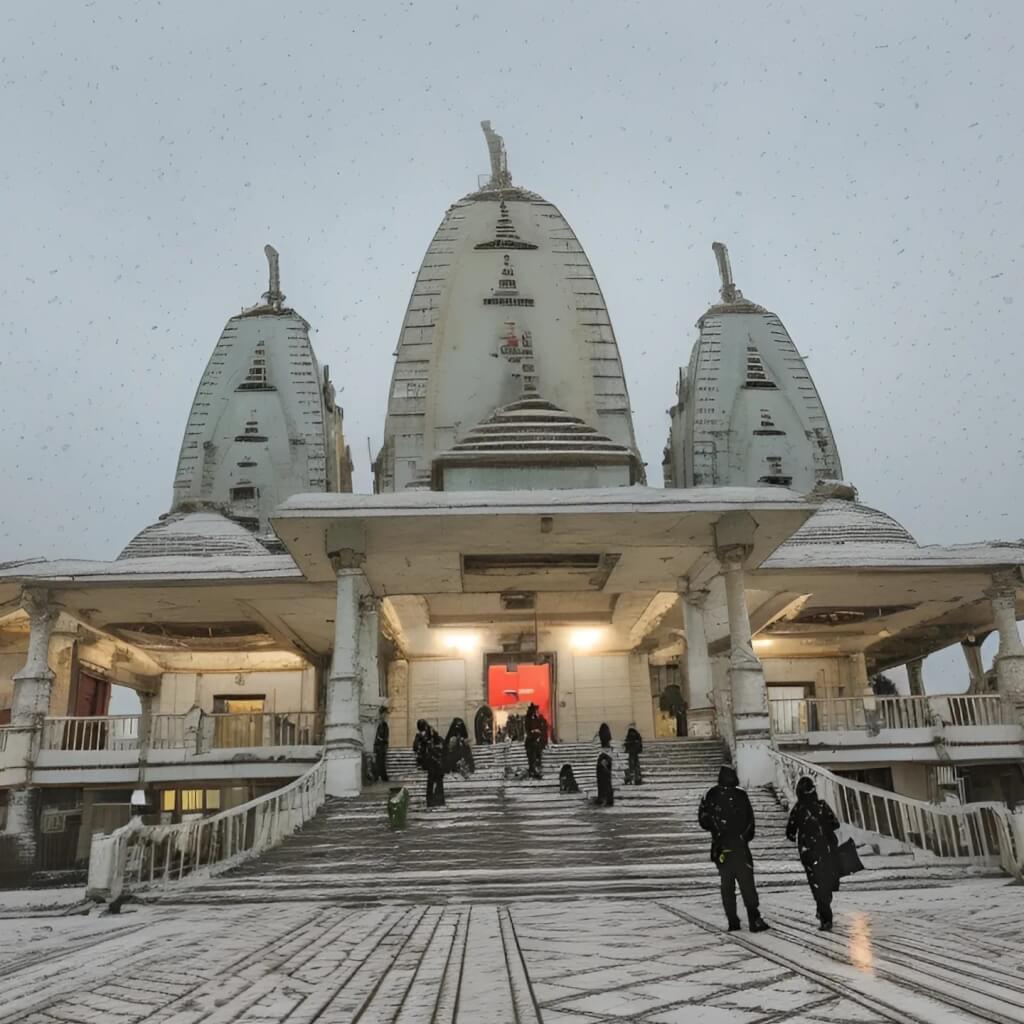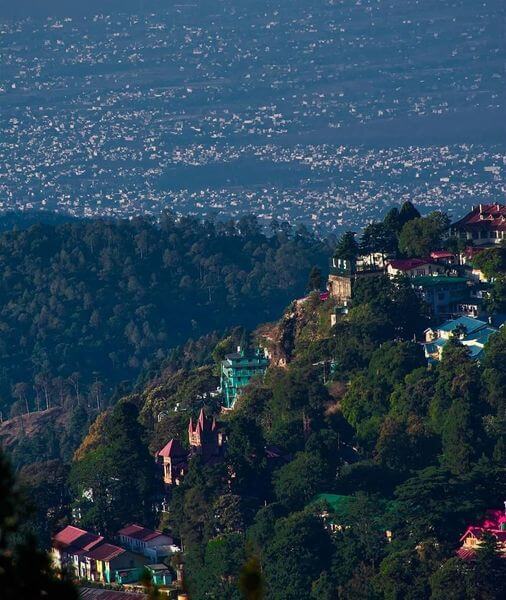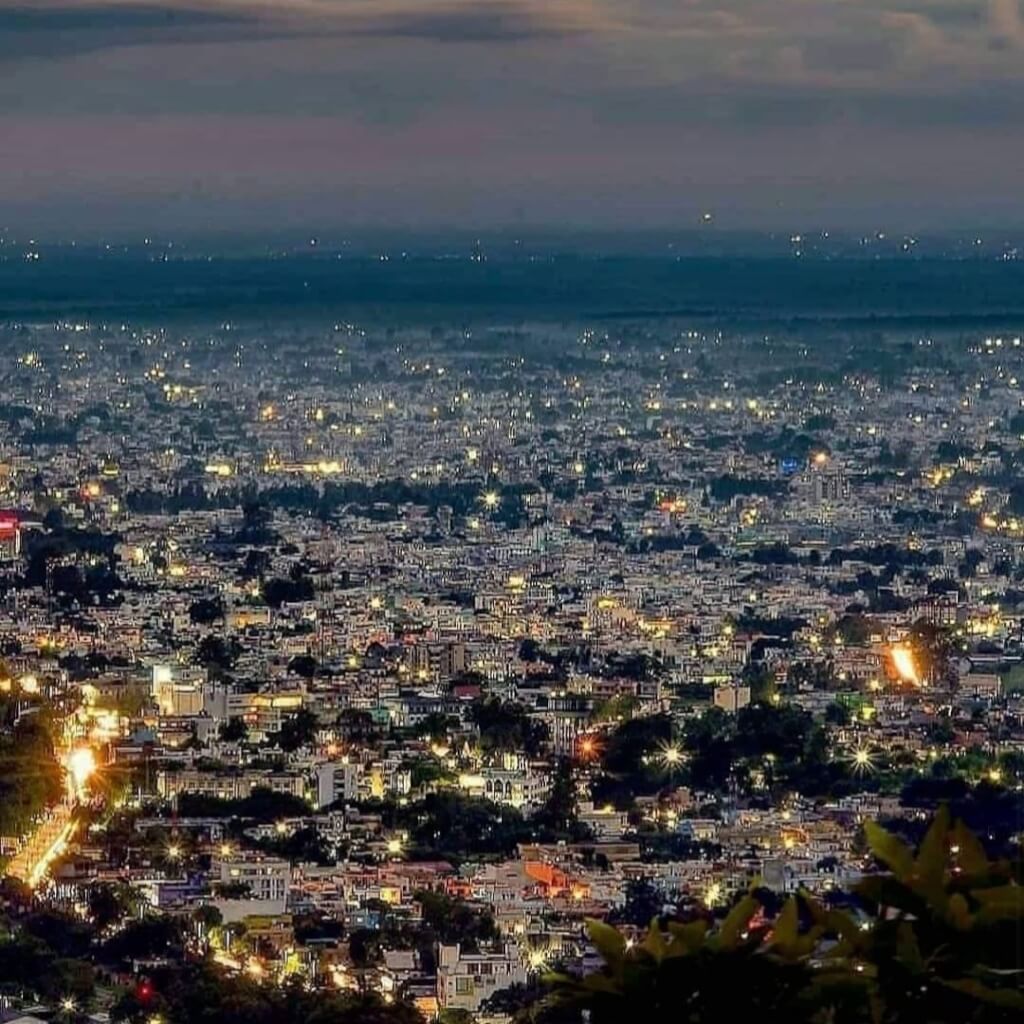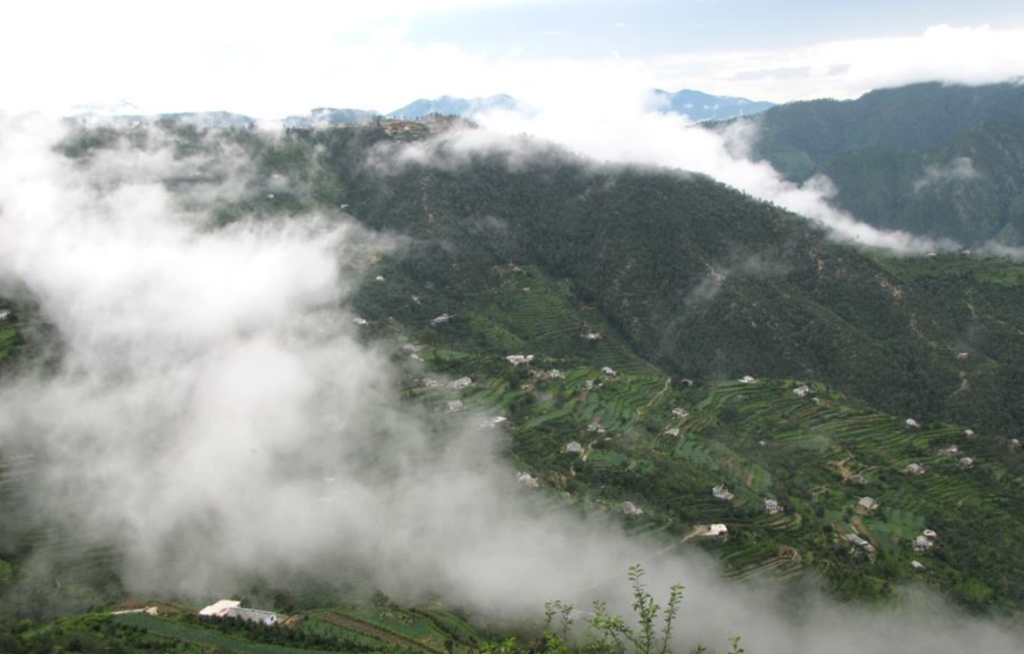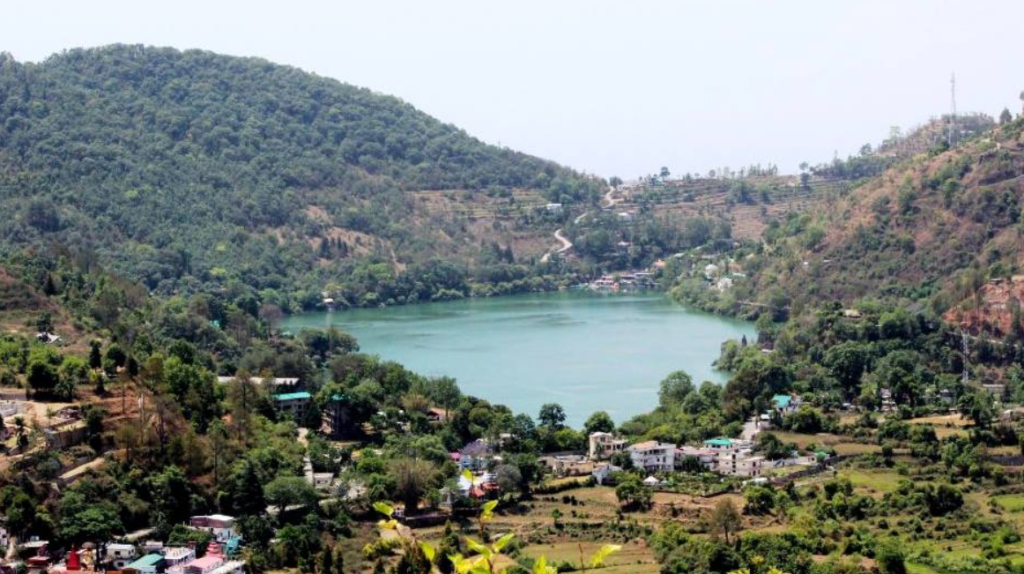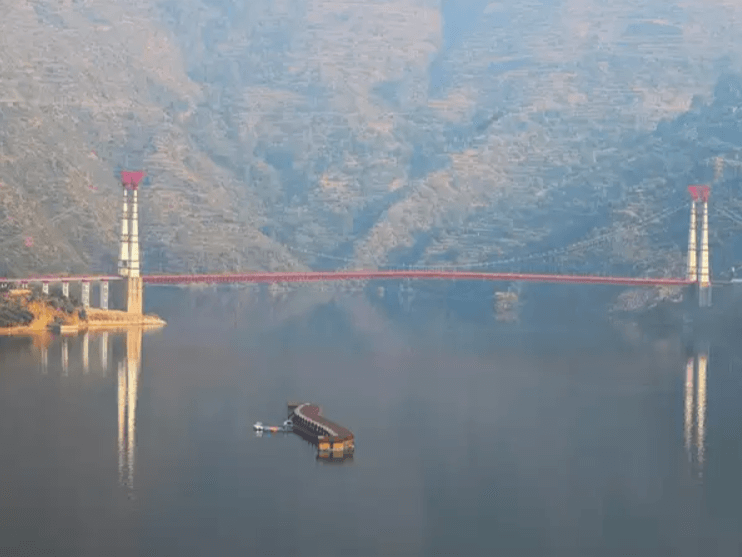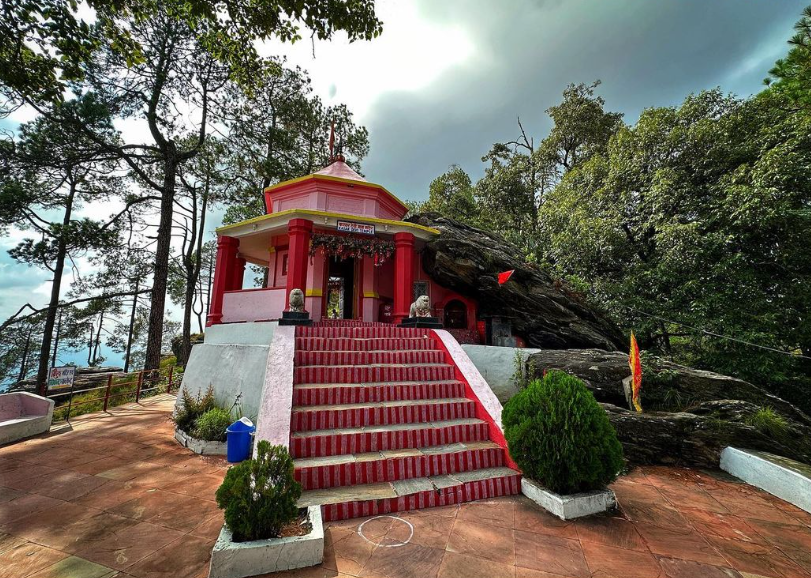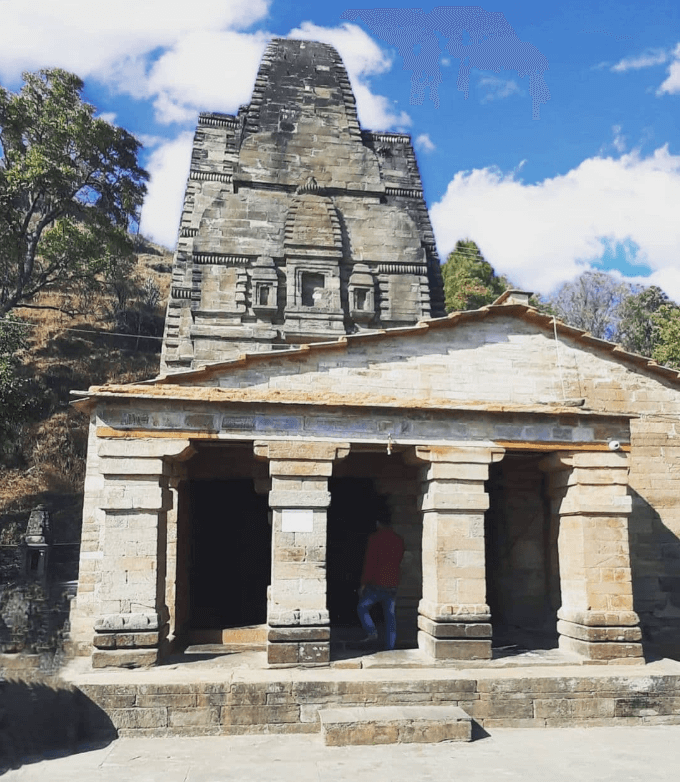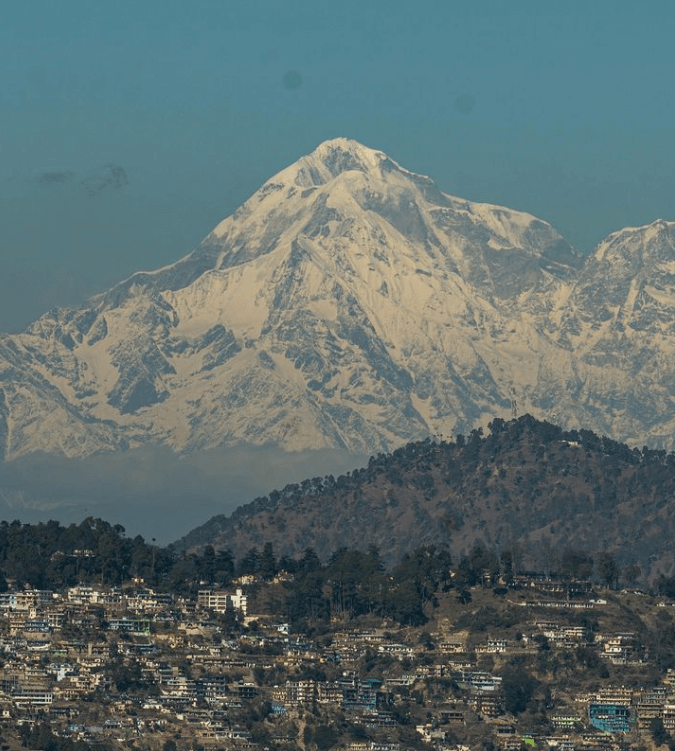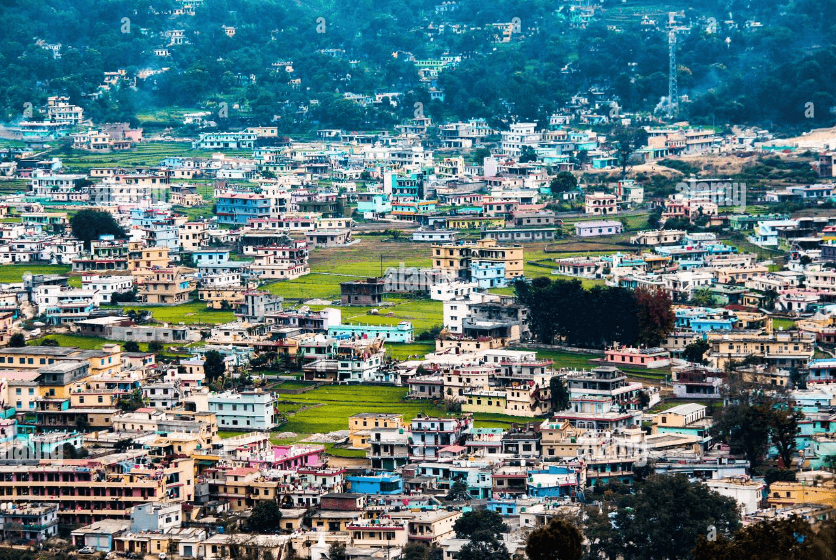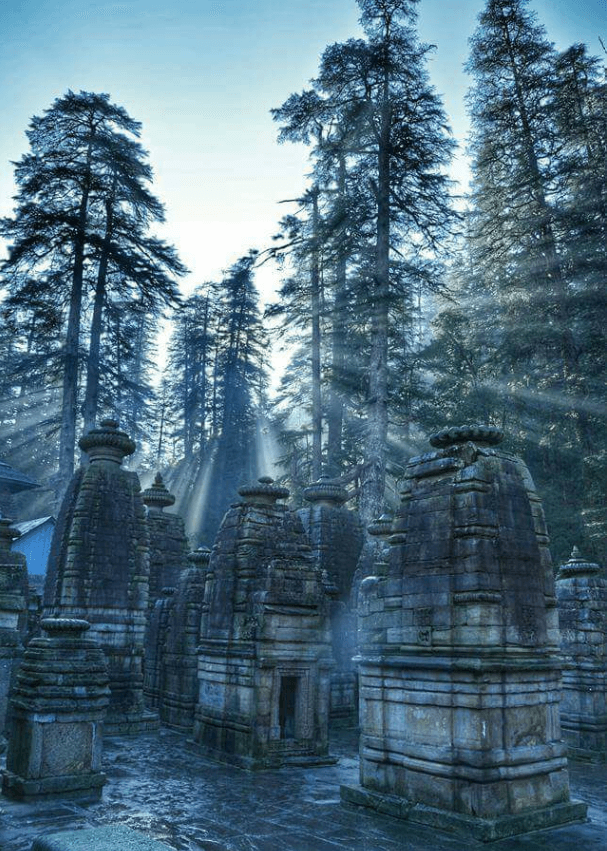Chandrabani Temple is a significant religious site located in Dehradun, Uttarakhand, India. It is dedicated to Goddess Chandrabani, who is believed to be an incarnation of Goddess Sati. The temple is situated amidst serene surroundings, offering a peaceful and spiritual atmosphere for devotees.
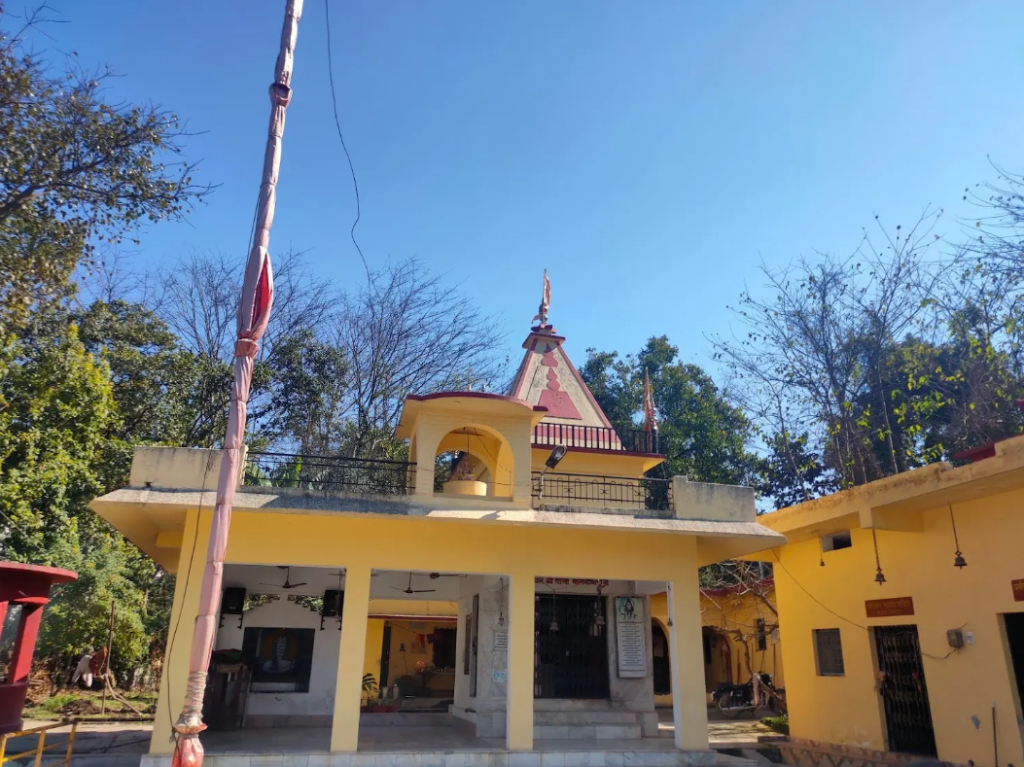
Chandrabani Temple in Dehradun
Chandrabani Temple in Dehradun is a sacred Hindu temple dedicated to Goddess Chandrabani, also known as Goddess Chandika. It is located on the banks of the Bindal River, amidst serene surroundings. The temple holds significant religious importance for the locals and attracts devotees seeking blessings and spiritual solace.
Mythology About Chandrabani Temple
Mythology has it that Chandrabani Temple is the spot where Goddess Sati self-immolated in the yajna (fire sacrifice) organized by her father, King Daksha. The temple is also associated with the sage Gautam, who is said to have meditated here.
Devotees visit the Chandrabani Temple to seek the blessings of the goddess and to experience the tranquility of the surroundings. The temple attracts pilgrims and tourists alike, providing a blend of religious and natural beauty. If you have the chance to visit, it’s worth exploring both the spiritual significance and the scenic beauty surrounding the temple.
Near Place to Vist
How To Reach Sankri
Sankri is a picturesque village located in the Uttarkashi district of the Indian state of Uttarakhand. It serves as a…
Tehri Lake
Tehri Lake, also known as Tehri Dam Reservoir, is a large artificial reservoir located in the state of Uttarakhand in…
Budha Kedar
Budha Kedar, located in Tehri Garhwal, Uttarakhand, is a sacred site dedicated to Lord Shiva. It is renowned for hosting…
How To Reach Chandrabani Temple
By Road
Dehradun is well-connected by road. You can either drive or take a bus to Dehradun and then use local transportation to reach Chandrabani Temple.
By Train
Dehradun has a well-connected railway station. From there, you can hire a cab or take a local bus to reach the temple.
By Air
The nearest airport is the Jolly Grant Airport in Dehradun. Once you land, you can hire a taxi or take a local bus to reach Chandrabani Temple.

